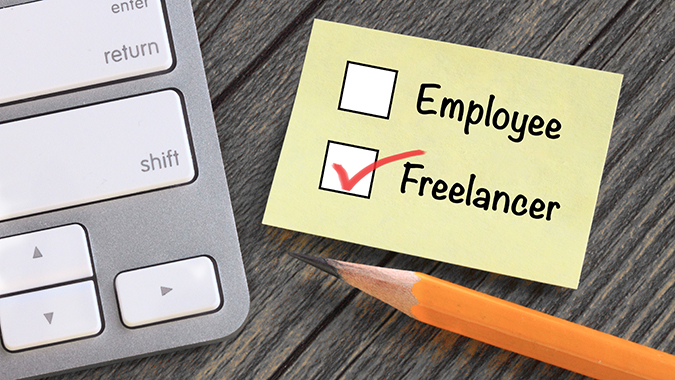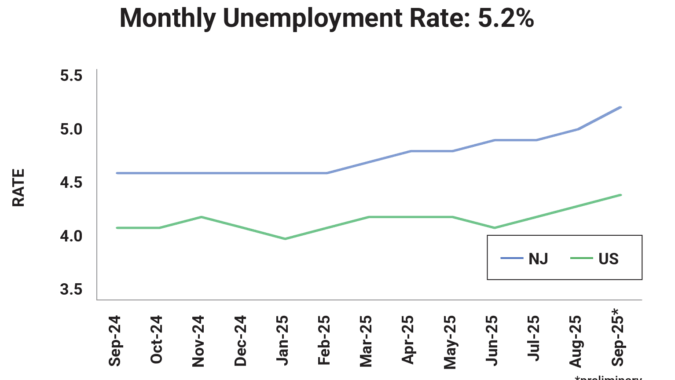NJBIA hosted a two-hour question-and-answer period with David Bander, executive director of the Policy Office for the NJ Department of Labor and Workforce Development, and about 20 members Friday to cover specific questions about implementing the new paid sick leave law on Oct. 29.
For a copy of the regulations, go here. NJBIA members can download a copy of the Fast Facts compliance brief here.
Still have questions? Join us Friday for A Crash Course in New Jersey's Paid Sick Leave Law
Regulations have been proposed but will not be finalized before the implementation date. Bander noted that while employees start accumulating time on Oct. 29, employers can require them to wait 120 days before using any paid sick time, which would be well after the regulations have been finalized.
Additionally, the office is still contemplating further action on some aspects of the law, including how the definition of "hours worked" in the New Jersey Wage and Hour law intersects with the paid sick leave law, and whether or not employees who work in other states as well as New Jersey are covered by the law.
Otherwise, Bander was able to clear up a number of questions about the regulations. Here are a few of his explanations:
- Benefit year vs. anniversary date
Employers can select their benefit year start date, but the benefit year has to be the same for all employees. Employers can select the calendar year, beginning their benefit year on Jan. 1, or any other 12-month period (i.e. Oct. 1 to Sept. 29).

The requirement that it be the same for all employees effectively prohibits employers from using employees’ anniversary dates or the date of hire, since these would be different for each worker.
- Accruing paid sick time vs. receiving it all at once.
The law and the regulations require that employees acquire sick time at a rate of at least one hour for every 30 hours they work. Employers, at their discretion, may provide employees with all 40 hours of sick time at the beginning of the benefit year.
Bander clarified that employers can use a different method for each employee. Some employees can receive their 40 hours up front, while other can be required to accrue them based on their hours worked. For instance, employers can provide exempt employees with 40 hours of sick time up front, but require hourly workers to accrue it.
Employers can also change the method for each employee from one benefit year to the next. For instance, an employee hired in the middle of a benefit year can be required to accrue time for the remainder of the benefit year, but then receive the full 40 hours upfront at the beginning of the new benefit year.
- No more than 40 hours required
Bander clarified that employers are not required to allow employees to use more than 40 hours of paid sick time in a year regardless of how many hours they may have accrued.
The paid sick leave law is worded in such a way that employees can have more than 40 hours of sick time in a year. They can carry forward up to 40 hours of unused sick time from the previous year, and accrue another 40 hours in the current benefit year. But even though they have 80 hours of paid sick time, employers do not have to allow them to use all 80 hours in a single benefit year.



